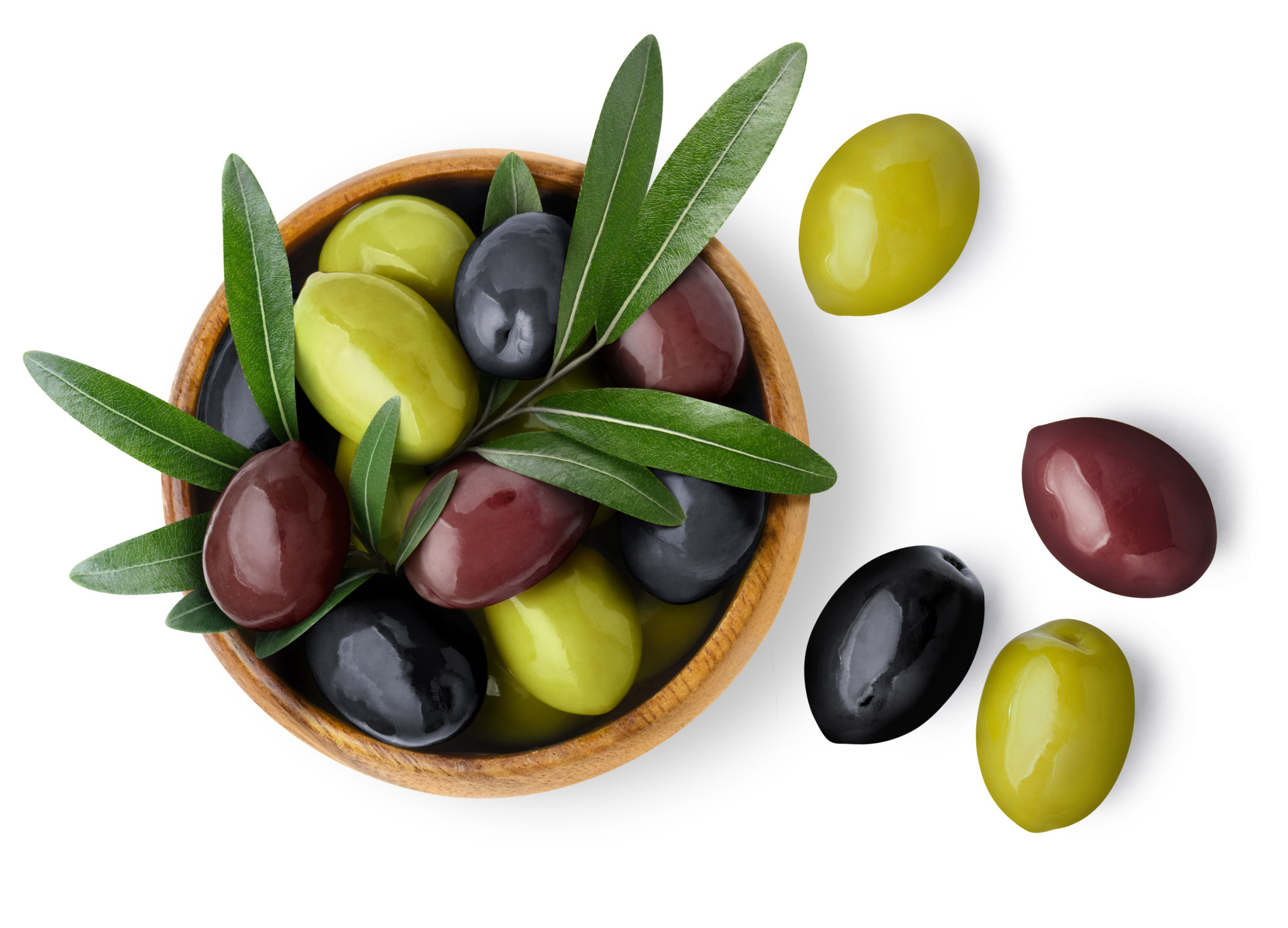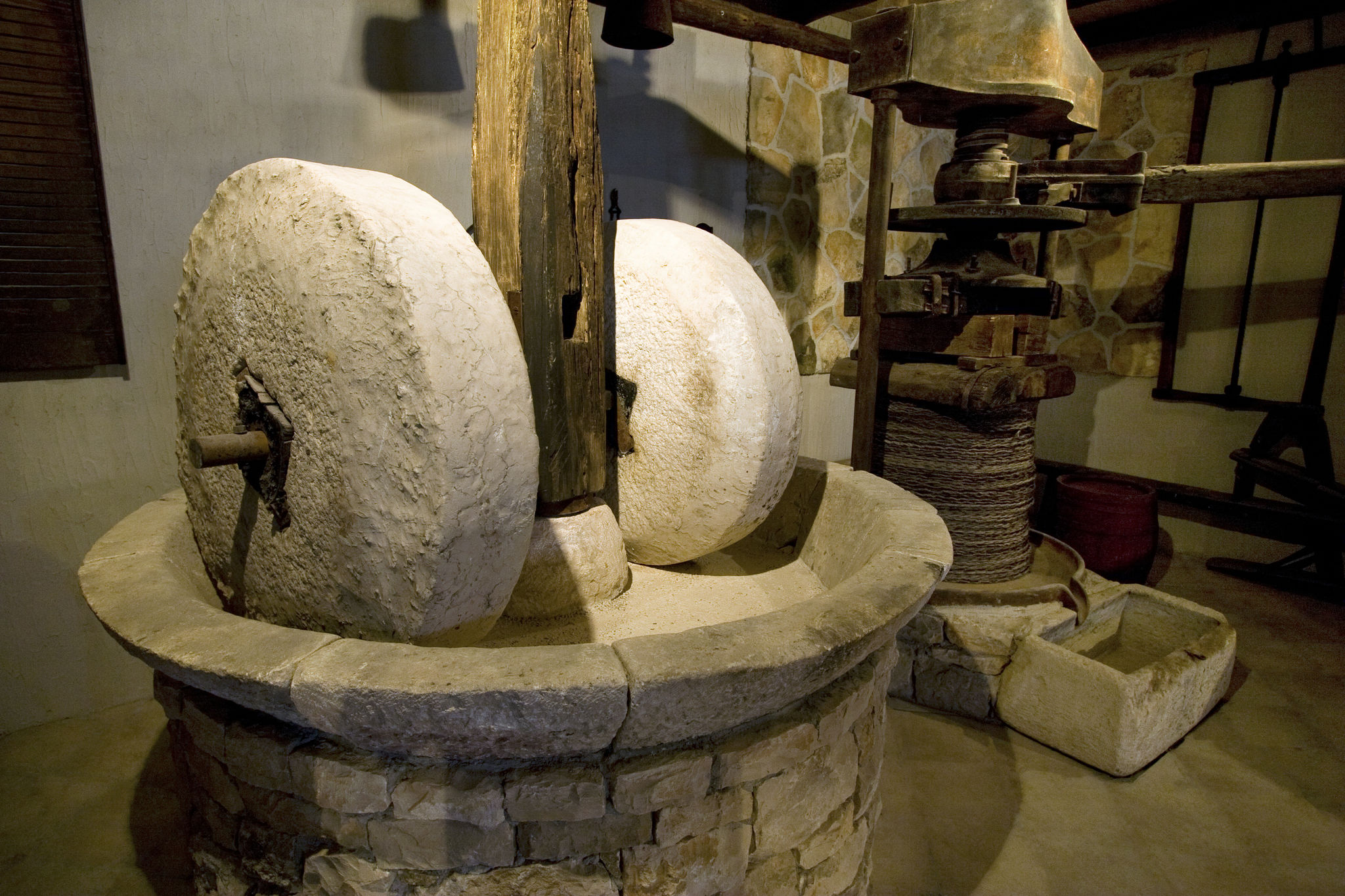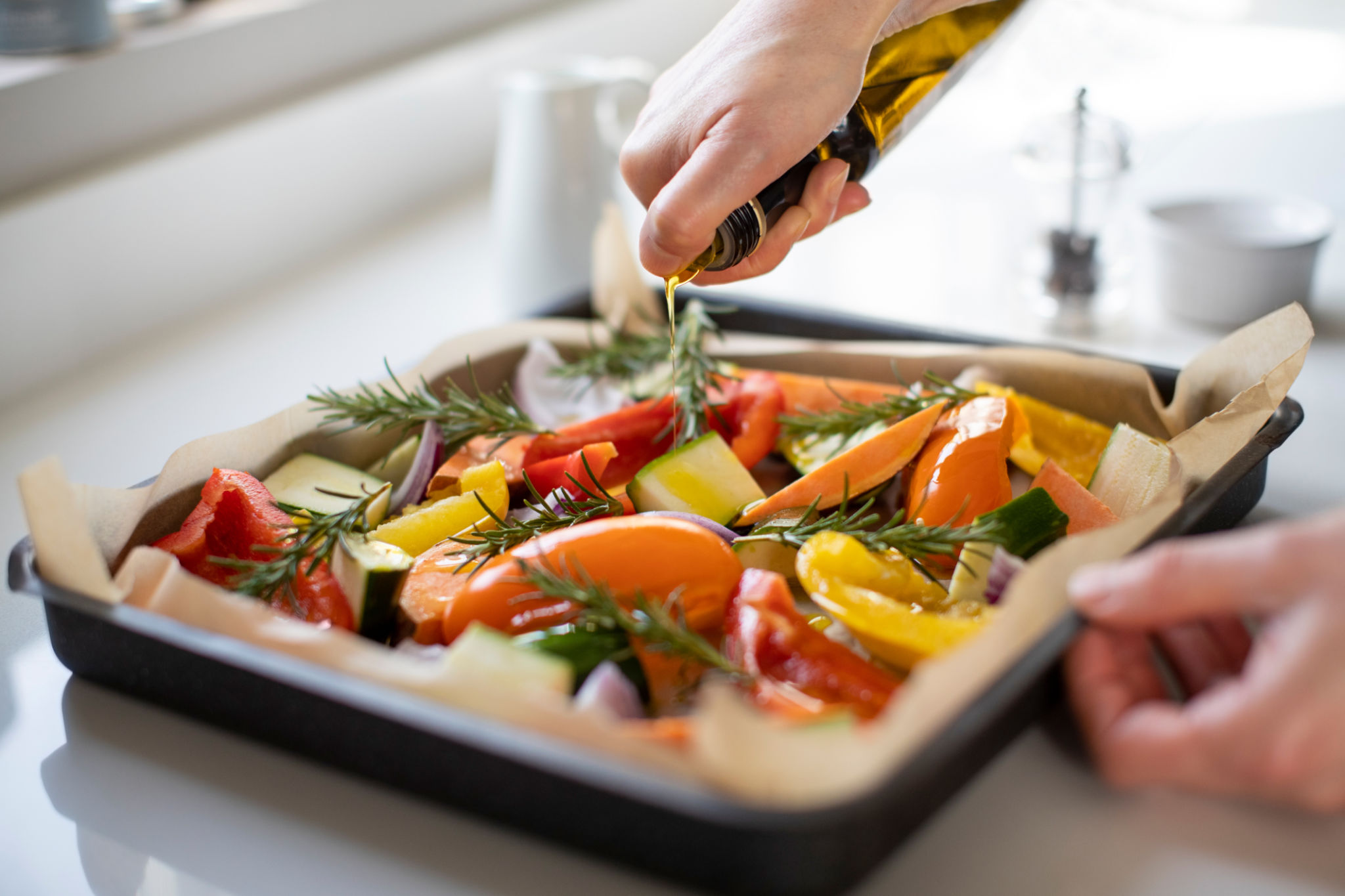DIY Olive Oil Pressing: A Step-by-Step Guide
Introduction to Olive Oil Pressing
Making your own olive oil at home is not only feasible but also incredibly rewarding. By pressing your own olives, you can enjoy fresh, high-quality oil and have control over the entire process. This guide will walk you through the necessary steps to create your own batch of homemade olive oil.
Before diving in, it's important to understand that pressing olive oil is a labor-intensive process requiring patience and the right equipment. However, the results are well worth the effort. Let's explore how you can achieve this culinary feat in your own kitchen.

Gathering Your Supplies
Essential Equipment
To press olive oil, you'll need a few key pieces of equipment:
- Olive crusher – A device to crush the olives into a paste.
- Olive press – A tool to separate the oil from the olive paste.
- Oil collection container – A clean container to collect and store your freshly pressed oil.
While traditional stone mills are often used for larger-scale production, smaller electric crushers and presses are suitable for home use and can be purchased online or at specialty stores.
Selecting and Preparing Olives
The quality of your olive oil greatly depends on the olives you choose. Opt for fresh, ripe olives that are free from blemishes. Once you've gathered your olives, wash them thoroughly to remove any dirt or pesticides.

Pressing the Olives
Crushing the Olives
Begin by crushing the olives into a paste. This can be done using an olive crusher or by manually using a heavy-duty food processor. The goal is to break the flesh and release the oil droplets, creating a thick paste.
Be sure to crush the olives thoroughly to maximize oil yield. This step is crucial as it prepares the olives for pressing and helps release their natural flavors.
Extracting the Oil
Once you have your olive paste, it's time to extract the oil using an olive press. Place the paste into the press and apply steady pressure. This will separate the oil from the solid components of the paste.

The extracted liquid will contain both oil and water. Allow this mixture to settle so that the oil can rise to the top. This separation process may take several hours, so patience is key.
Storing and Enjoying Your Olive Oil
Bottling and Storage
After separating the oil from water, carefully siphon or pour the oil into a clean, airtight container. Store your olive oil in a cool, dark place to preserve its freshness and flavor.
Properly stored, homemade olive oil can last up to a year. However, for optimal taste and quality, it's best enjoyed within a few months of pressing.
Culinary Uses
Your freshly pressed olive oil can be used in countless culinary applications—from salad dressings and marinades to sautéing vegetables or drizzling over pasta dishes. The possibilities are endless, and you'll find that homemade olive oil adds a distinct richness to your cooking.

Embrace the art of DIY olive oil pressing and savor the fruits of your labor in every dish you create. Whether you're a seasoned foodie or a curious home cook, pressing your own olive oil is a rewarding experience that brings a touch of authenticity and flavor to your kitchen.